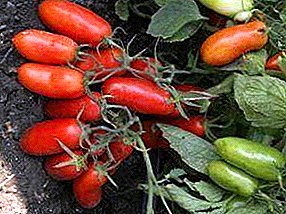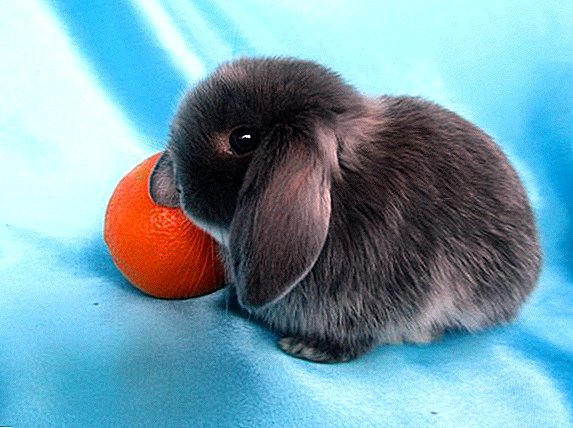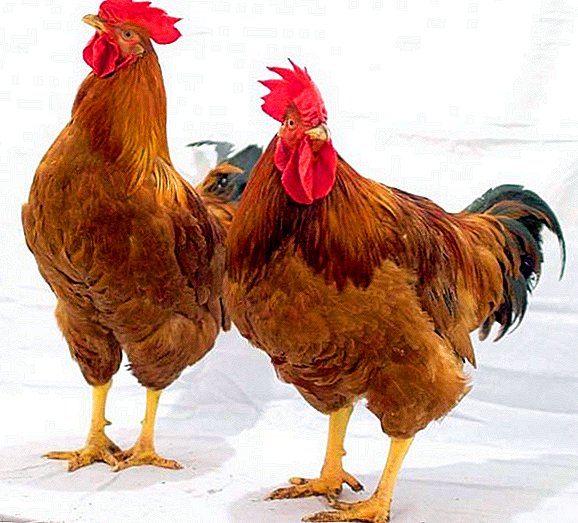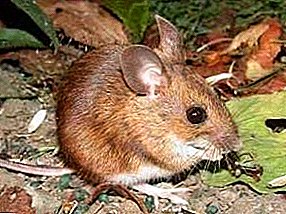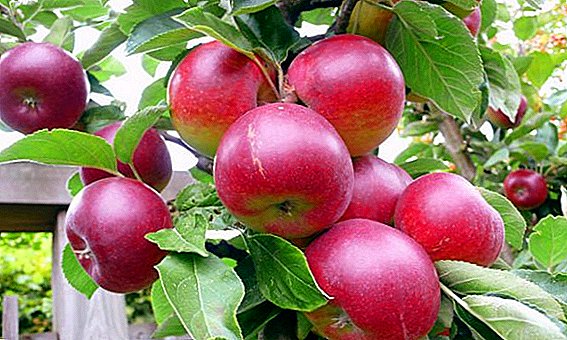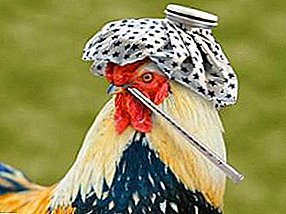
The world has not yet encountered a more merciless disease than bird flu.
Alarming information about outbreaks of this disease comes from different parts of the planet at different times, it becomes especially threatening during the cooling season, when any living organism is almost vulnerable to a dangerous infection.
Everyone is afraid of bird flu, from a weak bird to a strong person, because this mutating insidious virus easily fights those and others.
Medicine and vet medicine differed somewhat in opinions, what kind of virus causes this most dangerous disease: group A or H5N1?
However, as already mentioned, the virus mutates (that is, it is prone to rapid change), so both one and the other version have a right to exist.
The problem is not even what causes the disease, but how to prevent it, and in the case of a nidus of the disease, how to eliminate it so that there is no pandemic in the world.
What is bird flu?
 Avian (chicken) flu is not as young as you are used to thinking about it.
Avian (chicken) flu is not as young as you are used to thinking about it.
The disease was first discovered in 1878 by Italian veterinarian Perronchitto.
He noticed signs of an unusual for poultry disease in chickens and christened it like chicken plague.
A little later, the name was changed to chicken flu, because it turned out that the causative agent of this disease belongs to influenza viruses, so similar to them in structure.
But in those days people still did not know how dangerous the chicken flu was for them.
The following, more recent, memory of the chicken flu dates from the end of the 20th century, namely: 1997, when Hong Kong was face to face with the danger of this disease. Both agricultural birds and people were infected, deaths were observed.
The domestic chickens turned out to be especially weak before the threat of bird flu, they simply could not withstand the disease and died several hours after the onset of signs of the disease.
In 2006, this disease penetrated into Russia, and since, before that, it was common in Asian countries, then Siberia was the first to suffer from bird flu in our open spaces.
The count of diseased poultry in the Novosibirsk region went to tens of thousands, it was necessary to close 6 large poultry farms, and transfer the rest to quarantine mode. Almost 80% of the livestock had to be destroyed.
Causative agent
 So, inconspicuous influenza group A virus ... or H5N1... so inconspicuous that it becomes just elusive - so well he is able to adapt to the environment.
So, inconspicuous influenza group A virus ... or H5N1... so inconspicuous that it becomes just elusive - so well he is able to adapt to the environment.
Since 2006, scientists around the world have united in the search for an effective vaccine against it, but it still does not exist.
And the flu is. The main carriers of the virus were wild migratory and waterfowl, which themselves are asymptomatic, imperceptible and not massively, but can generously disperse the infection over a certain territory, putting at risk first the domestic chickens, and then their owners.
Among the birds there is another group of carriers of the chicken flu virus - exotic birds.
That is why now many people are not attracted by the bright color of an overseas parrot: who knows what lurks there under the feathers ...
And although the parrots are not kept along with the chickens, the owner (if he is an amateur and chickens and parrots) can easily "organize" the disease in the hen-house, moving him from the parrot cage to his favorite chickens - he has to take care of one and by others.
In addition to directly feathery, the source of the disease can serve as chicken or duck infected eggs, as well as a carcass of a sick bird.
Symptomatics
 In a latent form, the disease in chickens takes a day or two, then you can already very clearly note the changes in the behavior and appearance of the infected individual.
In a latent form, the disease in chickens takes a day or two, then you can already very clearly note the changes in the behavior and appearance of the infected individual.
The chicken becomes inhibited and, as it were, not in itself, drinks a lot, it rushes badly, its feathers begin to stick out in different directions, the bird's eyes turn red, and liquid is liberated from its beak.
And if the hen has a blue crest and earrings - this is a sure sign that the poor girl has a few hours to live.
These symptoms and signs of bird flu in chickens, and in all birds, may be joined unsteady gait.
At autopsy of hens who died from the flu, hemorrhages in the respiratory tract, liver, kidneys and digestive tract can be noticed.
Diagnostics
Unfortunately, chicken flu is so swift disease that the diagnosis simply does not keep pace with its development.
The diagnosis can be made either by chance, examining the general condition of the chicken, or by noticing the slightest deviation from the norm in the behavior or condition of the bird.
 Usually, the Zagorsky salmon breed is raised in small private farms, since These birds do not require special care.
Usually, the Zagorsky salmon breed is raised in small private farms, since These birds do not require special care.Did your chickens have smallpox? Urgently read the article on our website: //selo.guru/ptitsa/bolezni-ptitsa/virusnye/ospa.html.
But this happens very rarely, because chicken flu in the first days after infection is perfectly masked in the body and does not show any signs of itself. The symptoms of chicken flu in chickens begin to appear even when treatment becomes useless.
Treatment
 Specialists from vetmeditsiny, as a regrettable fact, state the impossibility of treating livestock.
Specialists from vetmeditsiny, as a regrettable fact, state the impossibility of treating livestock.
Due to the virtual nature (ability to spread quickly) of this virus strain, as well as its mutational abilities, it has not been possible to invent a reliable vaccine against it for several years now.
Chicken flu is so insidious that it changes with each of its manifestations.therefore, the vaccine, which yesterday seemed very effective, may be useless tomorrow in the fight against this ailment.
However, not everything is so hopeless.
First, scientists do not give up and persistently look for the composition for a reliable drug.
Secondly, those drugs of the newest generation that already exist and are on the shelves of vetaptek can significantly weaken the effect of the virus on the chicken body.
For each case, you need to use a specific drug. To do this, you need to consult your local veterinarian, preferably in parallel with a detailed examination of a diseased chicken.
Preventive measures
 What to do if the virus is cunning, invisible and at any time can be so close to your pets that it creates a real threat of infection for them?
What to do if the virus is cunning, invisible and at any time can be so close to your pets that it creates a real threat of infection for them?
First, do not panic. Panic is the "best" way to get sick, it has already been proved by the negative experience of many. Neither you nor your chickens need to repeat this experience.
You need another - to prevent the disease.
To do this, during the outbreak of the flu or even the slightest suspicion of its occurrence, protect your chickens from contact with wild birds, do not let them go to places where wild birds could remain in the recent past (several days, weeks, months).
Do not feed young animals with eggs from strangers chickens and ducks (purchased on the market), enrich the chicken ration with vitamins, try to drink for several days with drugs that you treat chickens for sinusitis.
Who else can get sick?
 It is impossible to conceal the fact that chicken flu affects not only chickens. Very susceptible to this disease. domestic pigs and man.
It is impossible to conceal the fact that chicken flu affects not only chickens. Very susceptible to this disease. domestic pigs and man.
In no case can a sick pig be cut for sale, as some enterprising farmers do - the virus is perfectly preserved both in fresh meat, in chilled and frozen ones.
Only heat can destroy it. Therefore, before starting to repair the damage, you need to think a hundred times, and you will not cause it even more?
A person during an outbreak of the disease must be vaccinated against ordinary flu and take all precautions: not to feed from the hands of birds, not to eat eggs with blood interspersed, cook eggs for at least 10 minutes, and chicken for at least an hour.



